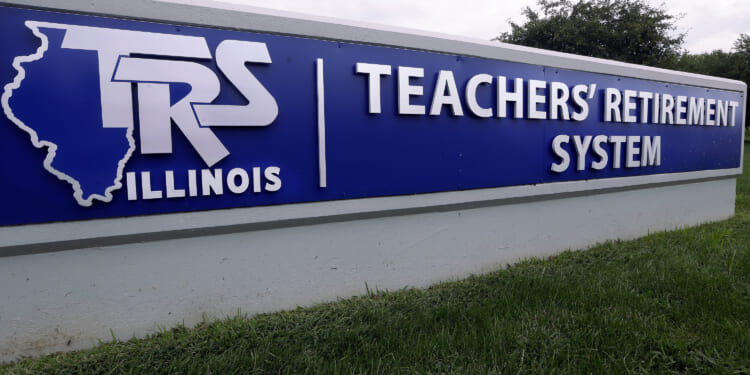Pension costs take a growing share of school funding, driving up property taxes and leaving less for teachers and students.
Billions of dollars meant for Illinois classrooms never get there. State pension costs have grown so fast they now consume a larger and larger share of the state’s education budget, forcing local taxpayers to make up the difference.
Between 1996 and 2016, the state increased its contribution to education by $5.4 billion, an 87% jump. But 66% of that increase, or $3.6 billion, went to pensions rather than the classroom. During that time, pensions grew from just over 8% of the state’s education spending to more than a third. Property taxes for school districts rose 66% after inflation, much of it to cover costs the state no longer shouldered.
That squeeze has only tightened in recent years. Pension costs now consume nearly 40% of the state’s education spending. Since 2016, general fund payments to the Teachers’ Retirement System grew 68%, while spending on PreK-12 education grew less quickly at 55%.
Despite the massive increases in payments, Illinois’ pension crisis is the worst in the nation, with the Teachers’ Retirement System funded at just 45.8%. The state owes $154.3 billion to retired educators and is $86.3 billion short.
The more the state spends on pension debt, the less is left to pay teachers, recruit staff and support students. Districts rely heavily on property taxes to close the gap, making Illinois’ property taxes the highest in the nation and hitting low-income Illinoisans especially hard. The result is a cycle where rising pension costs starve classrooms, leaving schools with fewer resources to address learning gaps or attract good teachers.
Lawmakers must stop signing off on new benefit increases that further jeopardize the stability of Illinois pension systems. They should support a constitutional amendment to allow changes to future, not-yet-accrued benefits.
Redirecting savings from pension reform to property tax relief and school support would help schools invest in students and give teachers the resources they need to succeed.










